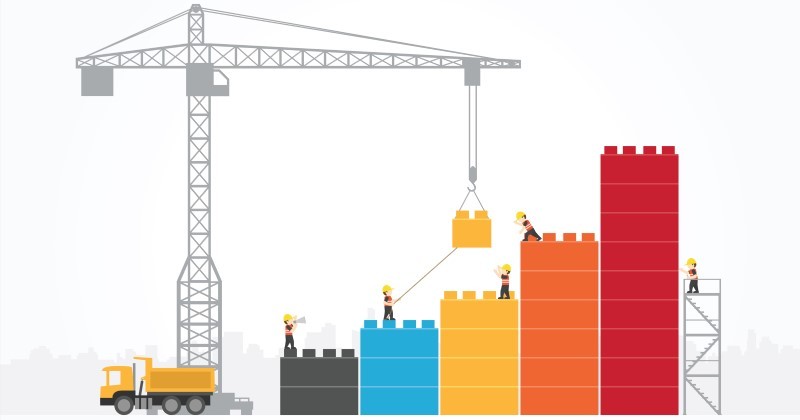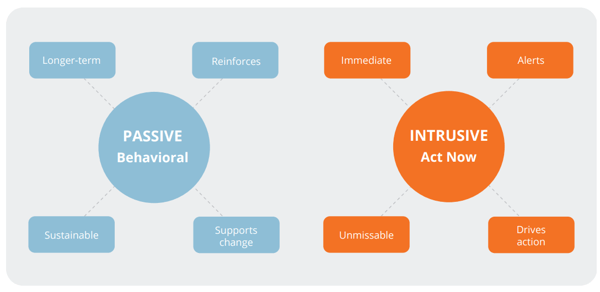
Internal communication is a bit like building a house. There are lots of components to get right. Having a strong foundation is essential. And you definitely don’t want any gaps.
But making mistakes in constructing internal communications is all too easy. It leads to messages being missed, important information neglected and opportunities lost.
The solution lies in using the right building blocks to construct a message that gets noticed, gets read, and gets action. That’s where we can help. This is your blueprint to the building blocks of great internal communications.
Content construction builds cognition
Messages presented consistently are up to 4 times more likely to be recognized by staff. Delivering content in a consistent style and manner helps employees create a mental ‘shortcut’ whereby recognition happens instantly and readership success is increased.
Visual cues support employee cognition and quicken information processing. In being exposed to a visual cue, recipients are better able to recognize and recall the content associated with the visual. The use of visuals improves learning by up to 400%.
Use of color improves recognition by up to 80% and comprehension by as much as 73%.
Content construction influences communication effectiveness. Combining text and visuals in messages improves the comprehension and retention of information by 9%.
Reinforcement is important to redress natural memory erosion over time. Research shows that repeated exposure to messages encourages memory retrieval, which contributes to learning. Repeated retrieval can be employed to better embed knowledge in the workplace.
Message recurrence significantly lifts communications cut-through. The first repetition of a desktop alert boosts readership from 52% to 67%. Sending a message four times (the initial send + three re-notifications) can achieve almost 80% readership (SnapComms data).
Channel selection defines communication success
Channel selection is fundamental to communication effectiveness. Different channels have different strengths and weaknesses. Some are effective at fostering dialogue, but weaker at fast notifications. Others are useful for blanket coverage, but not for targeted messaging.
The nature of your communication objective will define the optimal channels to use.

Email is a poor fit for time-based messaging. The timing and delivery of email can be unpredictable, there’s no guarantee when staff will see a message (hours, days or never), and the visibility of emails drops quickly as they’re auto-filtered into sub-folders or superseded by new messages.
Messaging which requires staff to take action demand channels that grab attention fast. The initial readership rate of a Desktop Alert is 52%, compared to just 36% for email (SnapComms data, Politemail).
The business environment also influences channel selection. Healthcare facilities comprise largely ward-based staff. Patients assess the facility for its quietness, an this is an essential part of patient recovery. Desktop-only notifications or overhead announcements will not be effective in this environment.
Multi-channel gets more cut-through
Single-send messages delivered through single channels are likely to fail. It’s not a reflection of the quality of the content – but how we process information.
Research indicates that people show a preference for something if they’re familiar with it – and that includes messages. For communicators, it means that repeating a message leads to familiarity, which builds preference, which increases the likelihood to take action.
Repetition through multiple channels reinforces the message and builds cut-through. A Harvard business study proved that managers who sent a message multiple times and through different media got their projects completed faster and more smoothly than those who did not.
A multi-channel approach makes the best use of the attributes of each. In this way, the effectiveness of high-visibility and intrusive messaging is lifted through prior message conditioning via passive and slow burn formats.
Multiple message exposures and the combination of complementary channels drive content recognition and knowledge recall among staff.
SnapComms channels can help you construct great internal communications by overcoming selective employee attention, lifting comprehension, and strengthening long-term recall.


